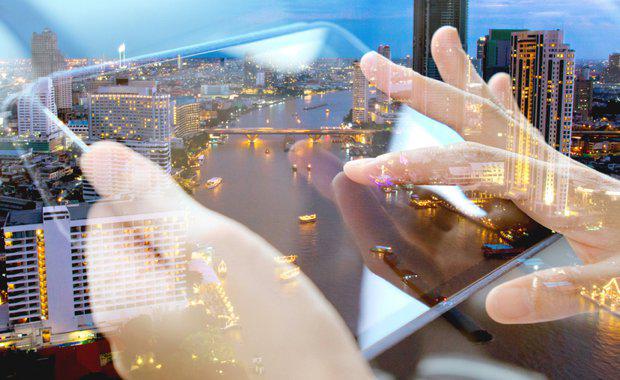Report Sheds Light On Digital Technology's Influence On Property Sector
A new report by engineering and design consultancy Arup revealed how digital technology is reshaping the property sector by changing the way buildings are designed, built and used.
The report said companies that fully embrace a digital strategy will do disproportionately well and have a big impact on our working lives, increase their asset value and create more sustainable buildings.
“Digital technology is redefining the property sector as we speak, bringing the potential to radically improve our working lives, increase asset value and create more sustainable buildings," Arup Global Digital Services Leader Volker Buscher said.
"However, investors, developers and owners of corporate real estate must be careful – this isn’t about gadgets and equipment, it is about strategic thinking that avoids wasting money on the wrong innovations and inefficient capital and operational expenditure.
"With the right strategy in place, we can align the property sector with the demands of our digitally enabled society and truly deliver buildings for the future," he said.
Mr Buscher said the report predicted that physical and digital environments will merge into hybrid spaces, meaning they can better meet environmental regulations and provide users with a completely different experience of work, shopping and play.
"Every element of the property development cycle will dramatically change and improve in response to our increasingly digitalised society."The report identified the key drivers underlying digital growth in the property sector, from expectations of instant access to information and services to the falling price of sensor technology, which is changing the business case for investment.
It also highlighted how environmental regulation is dictating the need for buildings to be smarter and cleaner. The real estate sector consumes over 40% of global energy, emits 20% of total global greenhouse gasses and utilises 40% of global raw materials.

Arup's report commented on how faster, smarter and more powerful technology will change the property development cycle:
Design and Construction
"Artificial Intelligence and machine learning can collect, visualise and analyse data to enable more immersive stakeholder engagement and intelligent decision making. The report also discusses the latest in virtual and augmented reality technologies, with cutting-edge 3D cameras scanning interior environments to develop customisable models that can be manipulated by design teams and shown to tenants to refine every element of a space before it’s built."
End-User Experiences
"As technology innovations like Alexa and Amazon Echo begin to change the home environment, so will they impact the world of work. The digital experience is becoming as important as the physical one for the modern worker, resident or shopper. That means they get greater information from the building around them, putting them in more control. For example, Arup has prototyped desks that can be customised for individual workers or know when the place is empty, so shutting down power to the desk."
Better Performing Assets
"By gathering detailed data on properties using IoT technology and combining it with ongoing analysis, owners and managers can ensure potential problems are tracked earlier and dealt with quicker, and operational elements (ventilation, lighting, heating, water etc.) are optimised to deliver energy and financial savings.
"What’s more, data collection and analysis across portfolios can lead to more strategic decision making about asset renewal schedules and site prioritisation."
Long-Term Valuation
"Data analytics is now central to making key investment decisions, combining detailed information from buildings with external data about the surrounding environment. This could be the better understanding of seismic risk factors or training computers to continuously evaluate macro changes in traffic patterns to fully understand commute implications for new office locations. Arup’s work for The University of British Columbia, for example, digitally simulated thousands of earthquake scenarios to identify high-risk buildings, assess how long buildings could be offline, and determine which should be retrofitted or totally de-commissioned in the near term."















